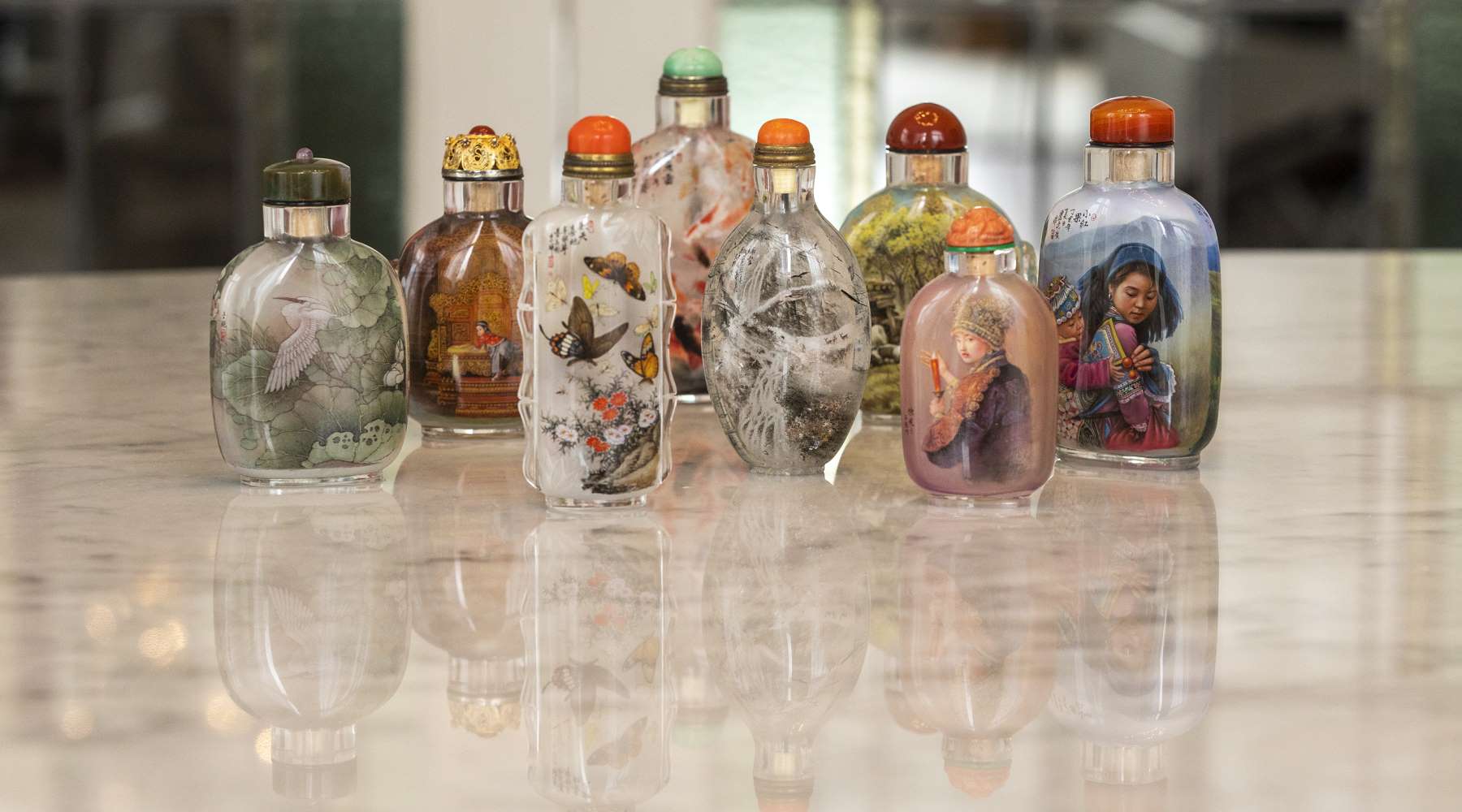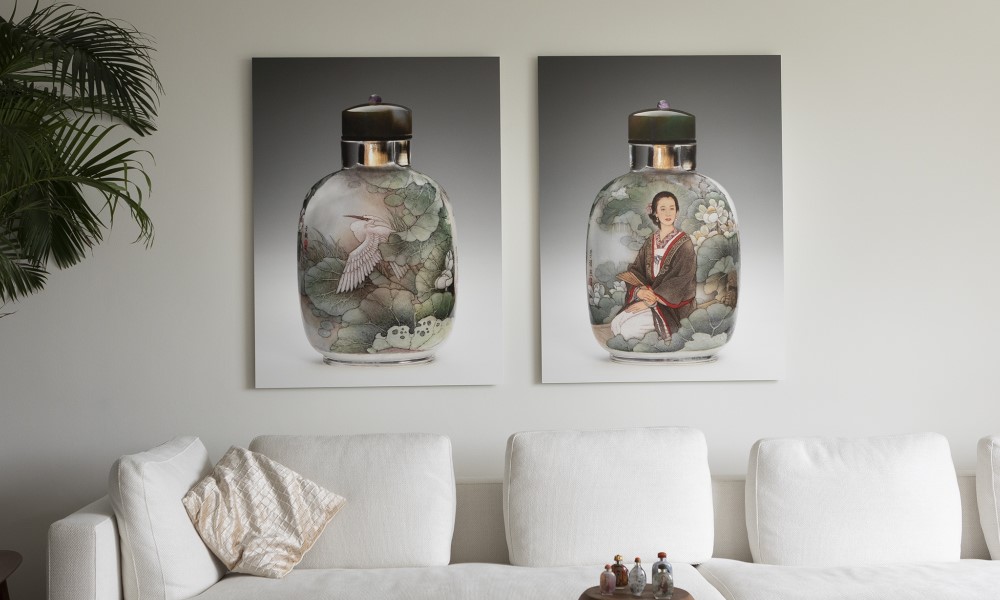ART PHOTOGRAPHY
ART PHOTOGRAPHY OF A PRIVATE SNUFF BOTTLE COLLECTION
We focus on art photography of a private snuff bottle collection. Our art images have become hugely successful in a short time. Originated at the crossroads of art and technology. We take advantage
of an untapped niche in the online art market with our advice and our varied selection of images from our own collection of Chinese miniature works of art that will magnify your walls, both at home and in the office,
and spark the imagination. Enjoy picking your favorite photo of this unique private collection! It’ll soon enrich your home or office walls! We complete your order with a certificate of authenticity.
We focus on art photography of a private snuff bottle collection. Our art images have become hugely successful in a short time. Originated at the crossroads of art and technology, We take advantage of an untapped niche in the online art market with our advice and our varied selection of images from our own collection of Chinese miniature works of art that will magnify your walls, both at home and in the office, and spark the imagination. Enjoy picking your favorite photo of this unique private collection! It’ll soon enrich your home or office walls! We complete your order with a certificate of authenticity.
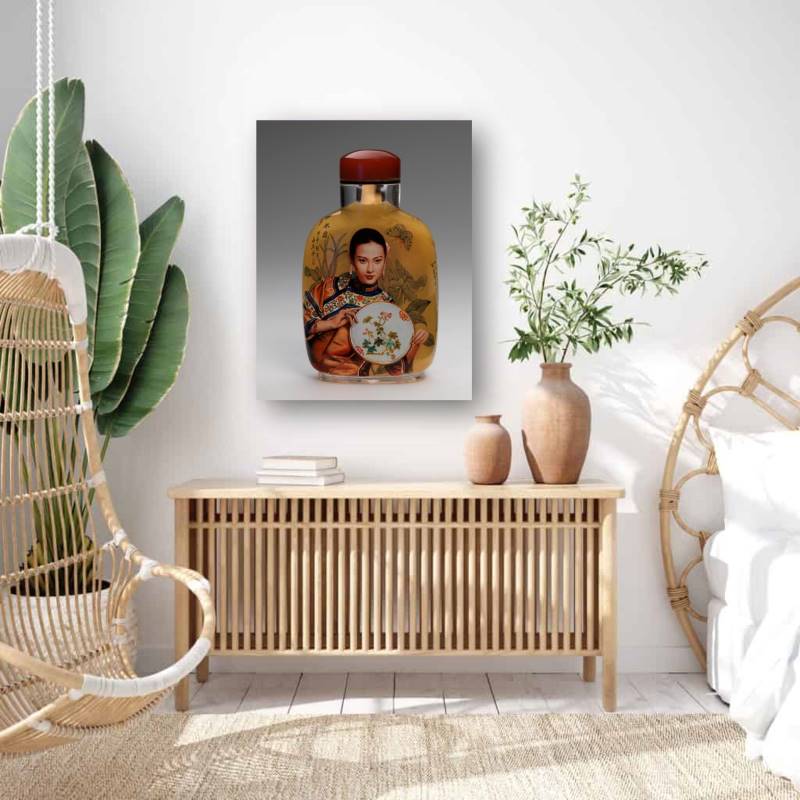
The Tai Tai Ladies: 60 x 80 cm
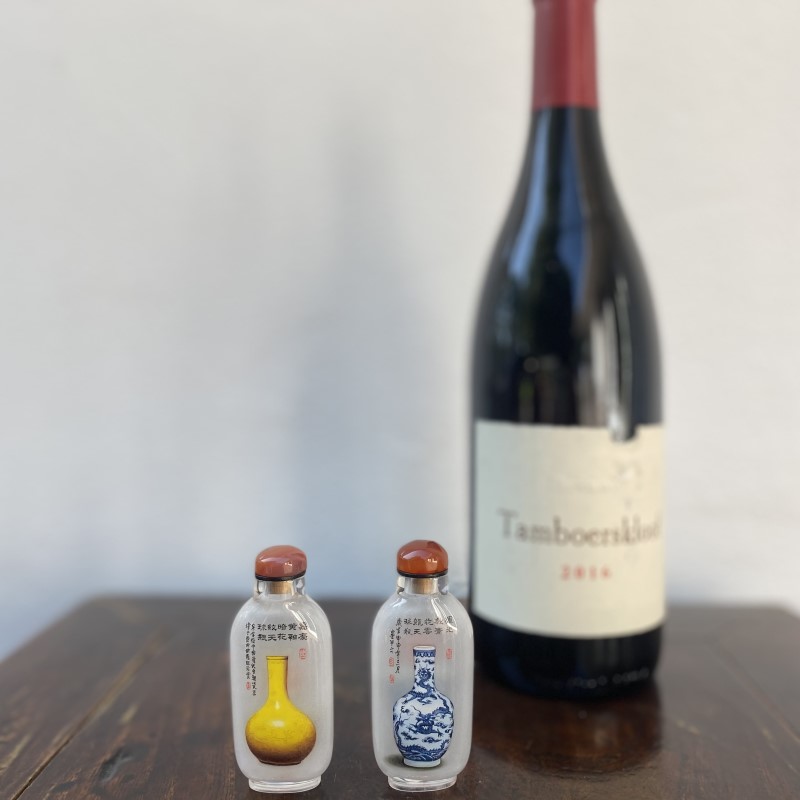
Snuff Bottles (6.8 x 3.3 cm) in perspective
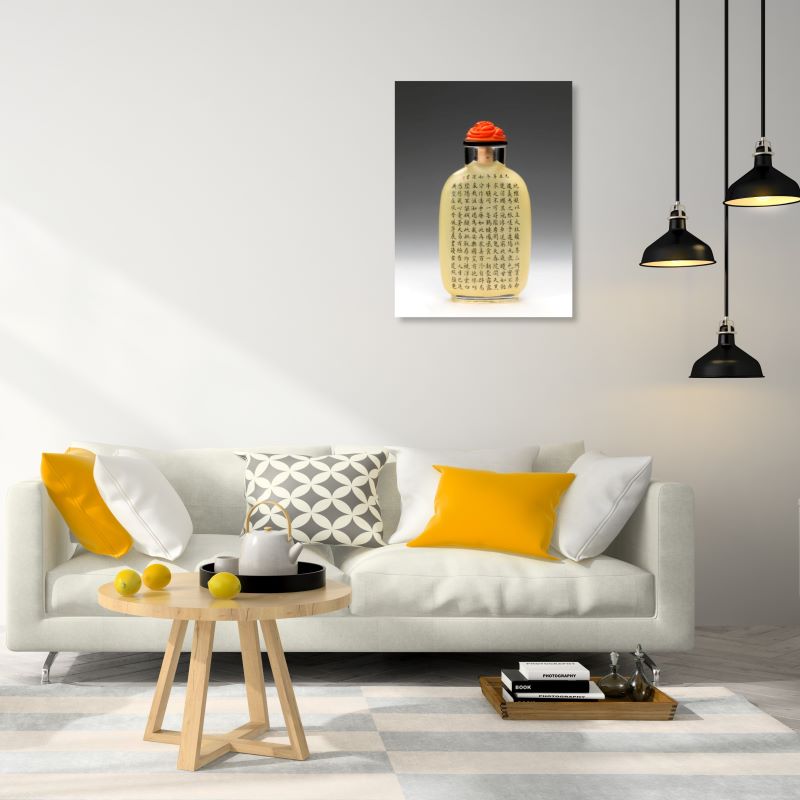
Calligraphic Poem: 60 x 80 cm
How to get your exclusive photograph
See our
collection
Select your
photograph
Select your
size and material
Order your
exclusive art
INSIDE-PAINTED CHINESE SNUFF BOTTLES
Snuff bottles trace their origin to shortly after Dutch and Portuguese merchants introduced tobacco to China during the last years of the Ming Dynasty. In the eighteenth century, the Chinese Emperor prohibited the smoking of tobacco, and thereafter snuff (grounded tobacco) was welcomed as a replacement. The Chinese adapted small bottles previously used for medicine to hold snuff.
The bottles were fitted with a cork and a tiny spoon in order to keep the ground tobacco dry in China’s humid climate. Because the Chinese traditionally had no pockets in their clothing, they preferred these small, airtight bottles as they could be secreted up their flowing sleeves.
Chinese snuff bottles exploded in variety during the Qing Dynasty (1644-1912)– materials, shape, design, and decoration.
Each bottle was slightly different. It would today be similar to having your cell phone blinged out. You decorate your cell phone differently for your personality, and so it was with snuff bottles. Each bottle tells you something about who you are and what you value. A snuff bottle shows us the importance of individuality as well as opens a window into popular culture at the time.
Snuff bottle collection
Snuff Bottle Collection focuses on images of antique and modern inside-painted snuff bottles. Inside-painted snuff bottles were a later addition to the snuff bottle world during the nineteenth century. These contemporary little wonders are fascinating because the artist must be so incredibly well-skilled, patient, and dedicated to paint through the narrow neck of a transparent material, usually a glass, rock crystal, hair crystal, agate, or amber bottle. Their artistry is magnified further by the fact that they must paint in reverse! Their inkplay turns the minuscule space into a microcosm of magnificent painting and calligraphy. In the late nineteenth century, art of snuff bottles enjoyed a revival with the emergence of eminent artists specializing in inside-painting such as Zhou Leyuan, Ma Shaoxuan, Ye Zhongsan and Bi Rongjiu.
The artist’s tool of trade is either a bamboo pen or a brush. Both are tiny with angled tips to be inserted throughout the narrow opening at the top of the bottle. Glass bottles are either free-blown or mold-blown. Crystal bottles are carved and then the interior is hollowed out. In both cases, the inside of the bottle must first be prepared before painting. With glass bottles, this involves treating the inside with an abrasive to roughen the smooth, interior surface so that the pigment will stick to the sides. With crystal bottles, the hollowed-out interior is initially too rough and must be polished, but not too much, so that the paint will hold. This can take three to four days with glass bottles and six to seven days with crystal bottles. And then the painstaking task of painting the miniature scene on the sides of the bottle interior begins. Many weeks of work often lie ahead to reach the final, stunning piece of art.
Hidden meanings
There are many ways of decorating these transparent canvasses, including landscapes with mountains, rivers, rocks, scholars, and travellers; portraits; still lifes; flowers; birds; calligraphy. But they all come alive with stories, myths, legends, and philosophies that are important to Chinese culture and to the individual who the snuff bottle would have been for. Images full of rebuses and puns characterize the purchase or occasion of the gift of an inside-painted Chinese snuff bottle.
Because the painted surface is delicate, inside-painted snuff bottles generally do not have spoons and were not used traditionally to hold snuff. They were pieces of art from the beginning.
* Thanks to Joseph B. Silver. See also, The Collectors Book of Snuff Bottles, Bob C. Stevens, Weatherhill, NY 1976, 1994, Chapter 9, and Inkplay in Microcosm, Inside-painted Chinese Snuff bottles, The Humphrey K.F. Hui Collection, 2002.
